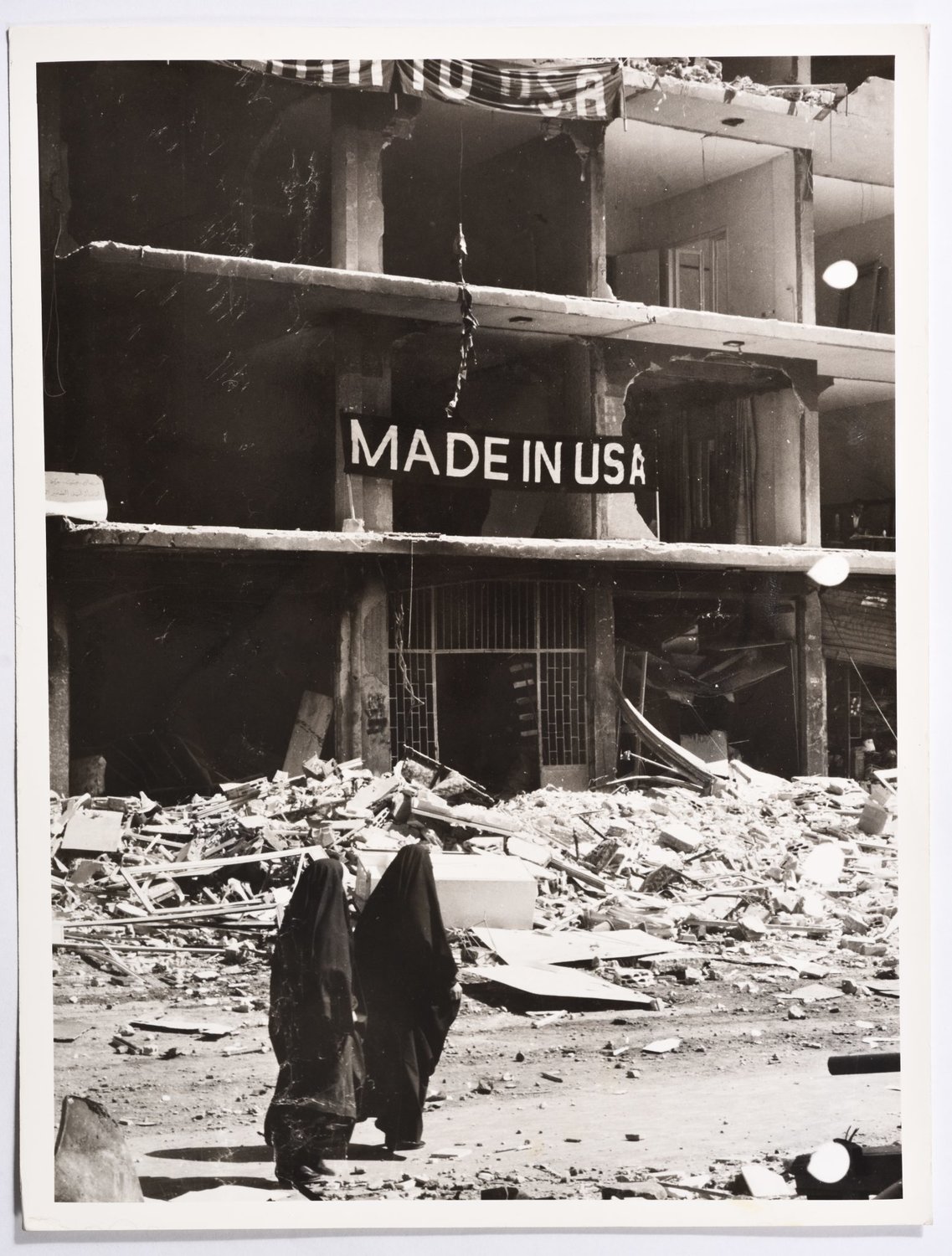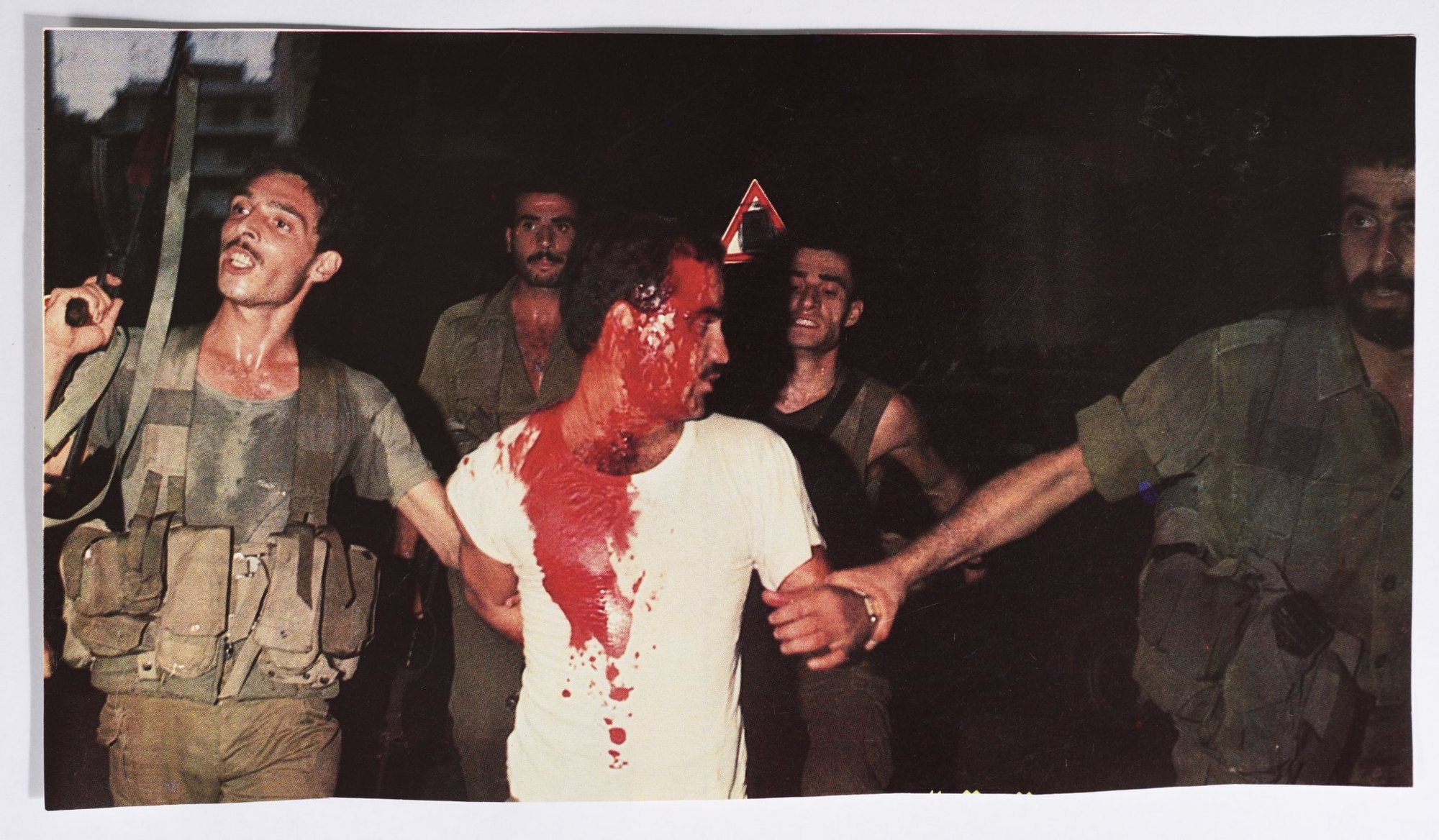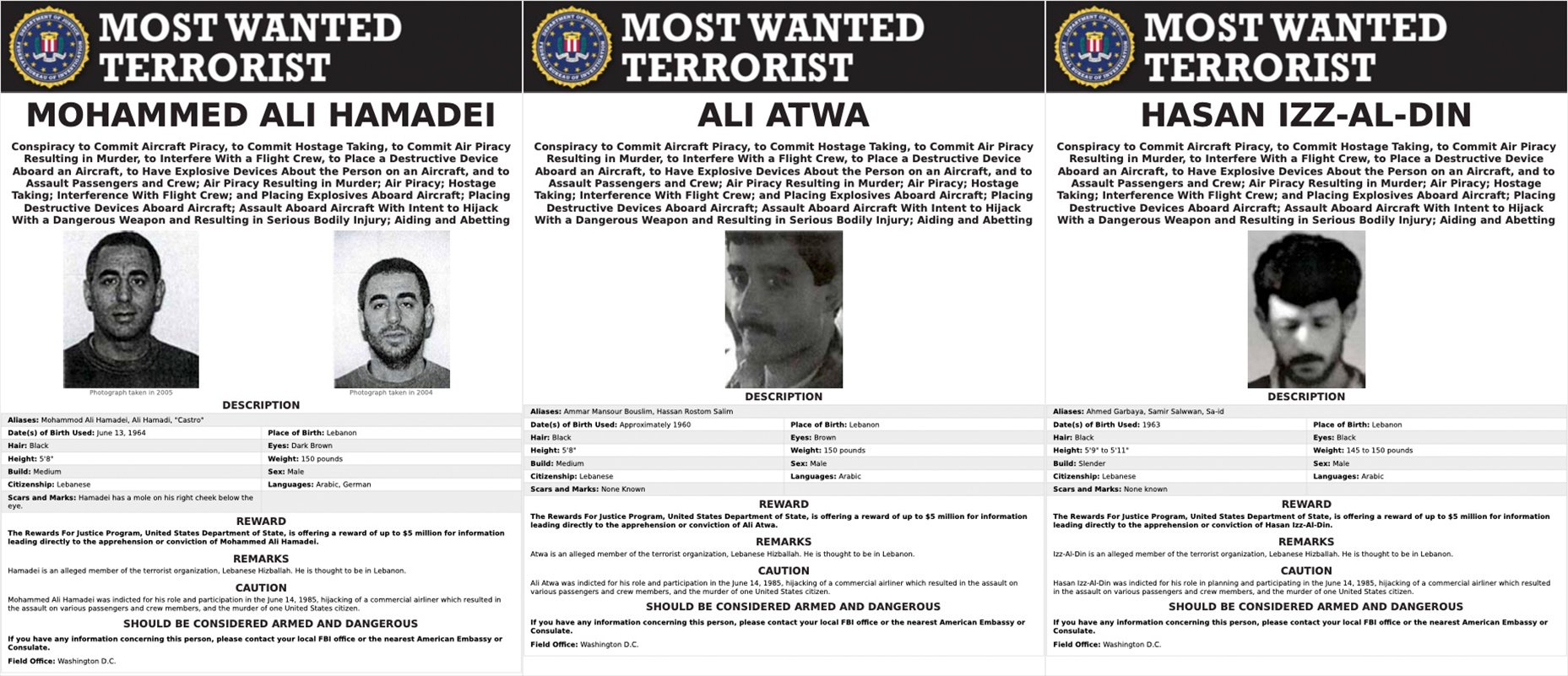‘Made in USA’: A Beirut Car Bomb Led Back to Secret CIA Training Program

A woman on the streets of Beirut weeps in despair. The majority of victims of the 1985 Bir al-Abed bombing in Beirut were women and girls leaving Friday prayers. Photo courtesy of the Palestine Museum Archives.
A colossal explosion shook the streets of Beirut just over a year ago when a cache of ammonium nitrate, stored since 2014, detonated in the city’s port. UN officials later blamed Lebanese government authorities for the accident, claiming they had acted negligently and in violation of international human rights law by allowing such a huge amount of combustible material to remain in long-term storage. The Aug. 4, 2020, blast killed 218 people and wounded 7,000, but this bomb was not the first for Beirut, a city that is no stranger to sectarian and religious violence.
As the Friday prayer service ended March 8, 1985, and young girls and women poured onto the streets, a car bomb the equivalent of 440 pounds of dynamite exploded in West Beirut. It was the first of a string of bombings that killed hundreds more. In the aftermath, Beirut officials blamed the CIA.
A banner painted with “Made in USA” hung over the burned rubble.
The bomb detonated approximately 10 yards from the home of a Muslim fundamentalist cleric named Sheikh Sayyed Mohammad Hussein Fadlallah. The explosion, set by a Lebanese counterterrorism organization that attempted to kill Fadlallah, carved a massive crater in the street, destroyed two seven-story apartment buildings, a movie theater, and a mosque. Fadlallah survived, although the bomb killed some of his bodyguards.

In the aftermath of the explosion, gunmen took to the streets to help. Members of both Hezbollah and the Shiite Amal movement — historically bitter enemies — shot their AK-47s into the sky to clear the way for ambulances and remove traffic obstacles for first responders. In all, Beirut hospitals treated approximately 200 injured and pronounced 80 dead from the attack.
Lebanon was in the midst of civil war and an invasion by Israeli forces, causing violence throughout the western and southern portions of Beirut. Using controversial methods and inflicting heavy civilian casualties, Israel pushed the Palestine Liberation Organization leadership out of Lebanon and into Tunisia in 1982. Israel invaded Lebanon again later that year and occupied the country until 1985, when it mostly withdrew from the embattled country save for a 12-mile-wide buffer zone along the southern border. Hezbollah — a violent Shiite faction funded by Iran — called for the removal of Israel entirely and frequently attacked the buffer zone.
According to a BBC report published in the bombing’s aftermath, “The blast comes at a particularly sensitive time as the Israelis are trying to complete their withdrawal from Lebanon. Anti-American feeling is also running high. In Shia minds, the US is linked with Israel and its occupation of southern Lebanon.”

The Washington Post later reported that the CIA may have played a part in the bombing. “[In 1984], President Reagan approved a covert operation directing the Central Intelligence Agency to train and support several counterterrorist units for strikes against suspected terrorists before they could attack U.S. facilities in the Middle East,” the paper reported.
The Lebanese government’s counterterrorism organization — which the CIA admitted to training — eventually detonated three other bombs in 1985, killing 113 more people.
A Lebanese intelligence source claimed responsibility for the March 1985 attack. “My service did the March 8 Fadlallah bombing. I believe it was done to show we are strong,” the intelligence official said, according to The Washington Post. “You’ve got to stop terrorism with terrorism.”
The CIA defended itself in a letter to The Washington Post in June 1985, claiming that it had linked Fadlallah to the 1983 Marine Headquarters bombing in Beirut and the 1984 bombing of the US Embassy in Beirut. In the letter, the CIA denied all involvement in and knowledge of the March 1985 attack. Lebanese sources, however, said the CIA had a hand in the bombing.
According to a 2004 article from the Future of Freedom Foundation, “Washington Post reporter Bob Woodward later wrote that CIA director William Casey told him that he had arranged the bombing through the Saudi government.”
The Intercept claimed the United Kingdom had also been involved in the 1985 attack.

Because of the public fallout, the CIA discontinued the counterterrorism training program in Lebanon. But the damage was done. Alleged Hezbollah terrorists hijacked Trans World Airlines Flight 847 on June 14, 1985. The terrorists murdered US Navy diver Robert Stethem and dumped his body on the Beirut airport tarmac. Three perpetrators — Mohammad Ali Hamadei, Hasan Izz-al-Din, and Ali Atwa — remain at large. The FBI maintains a $5 million reward for information leading to their arrests.
The hijackers held TWA Flight 847 hostage for two weeks, demanding the release of 700 Shiite prisoners held in Israel. According to an archived article from the CIA, the flight’s hijacking was linked to the March 1985 Beirut bombing.
According to a July 6, 1985, report by the muckraking news outlet Inside Washington, “When the control tower operator stressed it was ‘a shame’ to kill an innocent passenger, a hijacker replied: ‘Did you forget the Bir al Abed massacre?’ referring to the March 8 car bombing in a Beirut suburb.” The news outlet blamed The Washington Post‘s story that reported on the initial bombings for provoking the Lebanese terrorists to murder Stethem.
Read Next:

Lauren Coontz is a former staff writer for Coffee or Die Magazine. Beaches are preferred, but Lauren calls the Rocky Mountains of Utah home. You can usually find her in an art museum, at an archaeology site, or checking out local nightlife like drag shows and cocktail bars (gin is key). A student of history, Lauren is an Army veteran who worked all over the world and loves to travel to see the old stuff the history books only give a sentence to. She likes medium roast coffee and sometimes, like a sinner, adds sweet cream to it.
BRCC and Bad Moon Print Press team up for an exclusive, limited-edition T-shirt design!
BRCC partners with Team Room Design for an exclusive T-shirt release!
Thirty Seconds Out has partnered with BRCC for an exclusive shirt design invoking the God of Winter.
Lucas O'Hara of Grizzly Forge has teamed up with BRCC for a badass, exclusive Shirt Club T-shirt design featuring his most popular knife and tiomahawk.
Coffee or Die sits down with one of the graphic designers behind Black Rifle Coffee's signature look and vibe.
Biden will award the Medal of Honor to a Vietnam War Army helicopter pilot who risked his life to save a reconnaissance team from almost certain death.
Ever wonder how much Jack Mandaville would f*ck sh*t up if he went back in time? The American Revolution didn't even see him coming.
A nearly 200-year-old West Point time capsule that at first appeared to yield little more than dust contains hidden treasure, the US Military Academy said.












